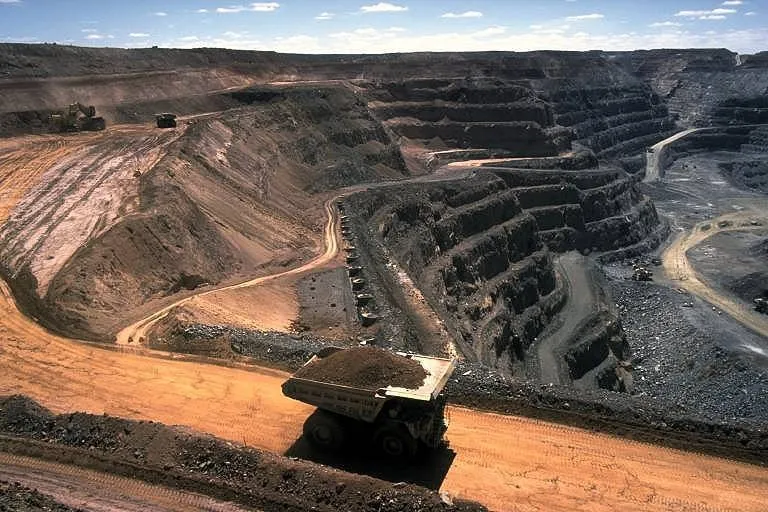How the Geosphere Rocks Climate
The geosphere impacts Earth’s climate in a variety of ways. Typically, the geosphere reacts on geologic timescales, affecting climate slowly and over millions of years. However, the burning of fossil fuels over the last 150 years has sped the impact of the geosphere on climate.
Plate Tectonics and Climate
Plate tectonic movements are responsible for the positions of continents, which can have a large effect on regional and global climates.
- When all continents come together to forms supercontinents, the amount of coastal area is decreased and the amount of dry continental interiors is increased.
- If continents are moved to high latitudes, more ice sheets form and sea levels fall.
- The growth of mountain ranges affects atmospheric circulation patterns and the number of alpine glaciers.
- Change in the rate of tectonic activity causes changes in the amount of volcanism, and volcanoes influence the climate. An increase in volcanic eruptions leads to more sulfuric acid/ash blocking solar radiation.
- Increased seafloor spreading causes sea level rise since newly formed ocean crust will "float" higher on the mantle decreasing the volume of ocean basins.
The Slow Carbon Cycle and Climate
Over millions of years, carbon dioxide, a greenhouse gas in the atmosphere, becomes sequestered in rocks like limestone and fossilized plants that may become coal and other fossil fuels. The carbon is taken out of the faster pattern of carbon cycle processes and is thus sometimes called the slow carbon cycle.
-
Limestone is a type of carbonate rock, a large group of sedimentary rocks that all include carbon within their molecules. If the rate of limestone production increases, more carbon dioxide is effectively taken out of the reservoirs of the fast carbon cycle (this is covered in more depth in the biosphere week of this course) and put into deep storage. For example, marine limestone, often produced from the fossilized skeletons of animals and plankton, sequesters carbon, decreasing the amount in seawater, and ultimately decreasing the amount of the greenhouse gas carbon dioxide in the atmosphere.
-
Coal is the fossilized remains of ancient swamps where plant growth was fast and the plant life was buried and preserved in the swamp as it died. While swamps still exist today, most of the coal we use as fossil fuels is from swamps that formed 300 to 400 million years ago. The carbon within the dead plants, which was pulled from the atmosphere as carbon dioxide, became trapped underground and form hydrocarbons under certain conditions of heat and pressure. Animal remains contributed too, but most of the biomass was from plants. Very few plants become hydrocarbons because most decompose at the Earth’s surface and the carbon within their leaves trunks and roots heads back to the atmosphere. The carbon sequestered in the slow carbon cycle in fossil fuels such as coal, oil, and gas is brought back into the fast carbon cycle when we burn fossil fuels.

Most coal mined today is from swamps that formed 300 to 400 million years ago. Carbon that was sequestered within the Earth is released to the atmosphere when coal is burned.
Stephen Codrington
New Species Can Lead to New Climates
Organisms affect the composition of the atmosphere, so new species can have a new effect on the amount of greenhouse gases. For instance, about 3.5 billion years ago, giant mounds of blue-green algae, called stromatolites, filled shallow ocean waters. The first prolific life on Earth to do photosynthesis, stromatolites cased oxygen to add to the atmosphere and carbon dioxide to be pulled out of the atmosphere.